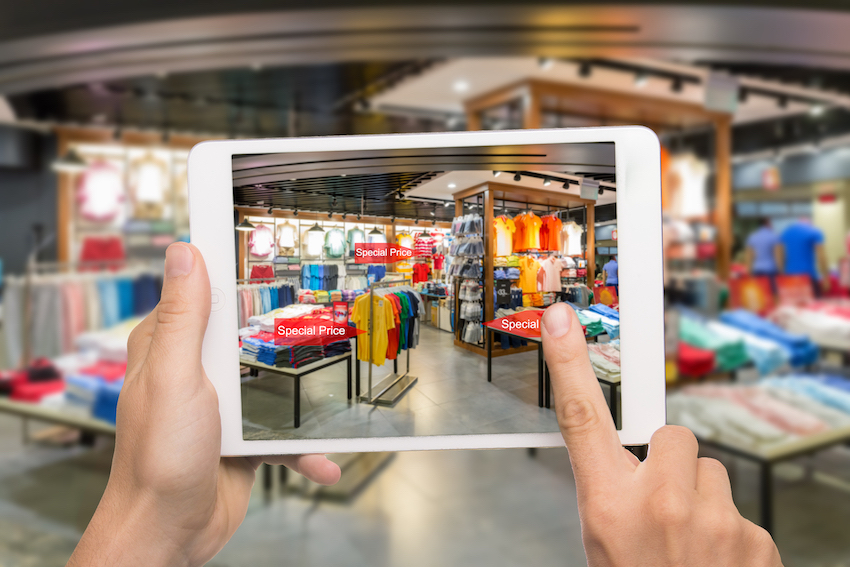In recent years, the way consumers shop has undergone a significant transformation, thanks in large part to the rise of social media. With billions of users engaging daily on platforms like Instagram, Facebook, and Pinterest, businesses have tapped into this immense potential to create shoppable posts. These posts blend content and commerce, allowing users to discover and purchase products seamlessly while scrolling through their feeds. In this blog, we will explore the rise of shoppable posts, their impact on consumer behavior, and tips for businesses looking to leverage this trend.

1. Understanding Shoppable Posts
Shoppable posts are social media posts that enable users to click on product tags or links directly from the image or video, leading them to product pages for easy purchase. These posts can appear in various formats, including images, videos, stories, and live broadcasts. They integrate e-commerce functionality with social media, creating a frictionless shopping experience.
Examples:
- Instagram Shopping: Users can see product tags in posts, click on them for details, and purchase without leaving the app.
- Facebook Shops: Businesses can create a storefront on Facebook where users can browse products, add items to their carts, and check out directly on the platform.
2. The Benefits of Shoppable Posts
A. Enhanced Shopping Experience
Shoppable posts provide a more interactive and engaging shopping experience for consumers. They allow users to discover new products organically while browsing their feeds. This integration reduces the friction often associated with online shopping, as users can easily transition from discovery to purchase.
B. Increased Sales and Conversion Rates
By reducing the number of steps required to purchase, shoppable posts can lead to higher conversion rates. The ease of access and immediate engagement with products encourage impulse buying and make it easier for consumers to make decisions.
C. Better Targeting and Engagement
Social media platforms leverage user data to help businesses target their ideal audience effectively. Shoppable posts allow brands to reach specific demographics, increasing the likelihood of engagement and sales. By showcasing products in a visually appealing way, brands can create a sense of aspiration that drives consumer interest.
3. The Role of Influencer Marketing
Influencer marketing plays a significant role in the success of shoppable posts. Influencers often have established trust and credibility with their followers, making their recommendations particularly impactful. When influencers share shoppable posts, they not only showcase products but also provide a personal endorsement that can drive conversions.
Example:
A beauty influencer might post a tutorial featuring a new makeup line, with shoppable links to each product used in the video. Their followers can easily purchase the products while feeling inspired by the influencer’s expertise.
4. The Future of Social Commerce
As shoppable posts continue to gain popularity, businesses must adapt their marketing strategies to leverage this trend effectively. Here are some key considerations for the future of social commerce:
A. Invest in Quality Visual Content
High-quality images and videos are crucial for attracting users’ attention in crowded social feeds. Brands should focus on creating visually appealing content that showcases their products in authentic and relatable settings.
B. Optimize for Mobile
With a growing number of consumers shopping on mobile devices, ensuring that shoppable posts are optimized for mobile viewing is essential. This includes fast-loading pages, easy navigation, and a seamless checkout experience.
C. Analyze Performance Metrics
Tracking the performance of shoppable posts is vital for understanding their effectiveness. Brands should monitor metrics such as click-through rates, engagement levels, and conversion rates to refine their strategies and improve future campaigns.
Conclusion
The rise of shoppable posts on social media represents a significant shift in the way consumers interact with brands and make purchasing decisions. By integrating e-commerce functionality directly into social media platforms, businesses can create a more engaging and convenient shopping experience for their customers.


No responses yet